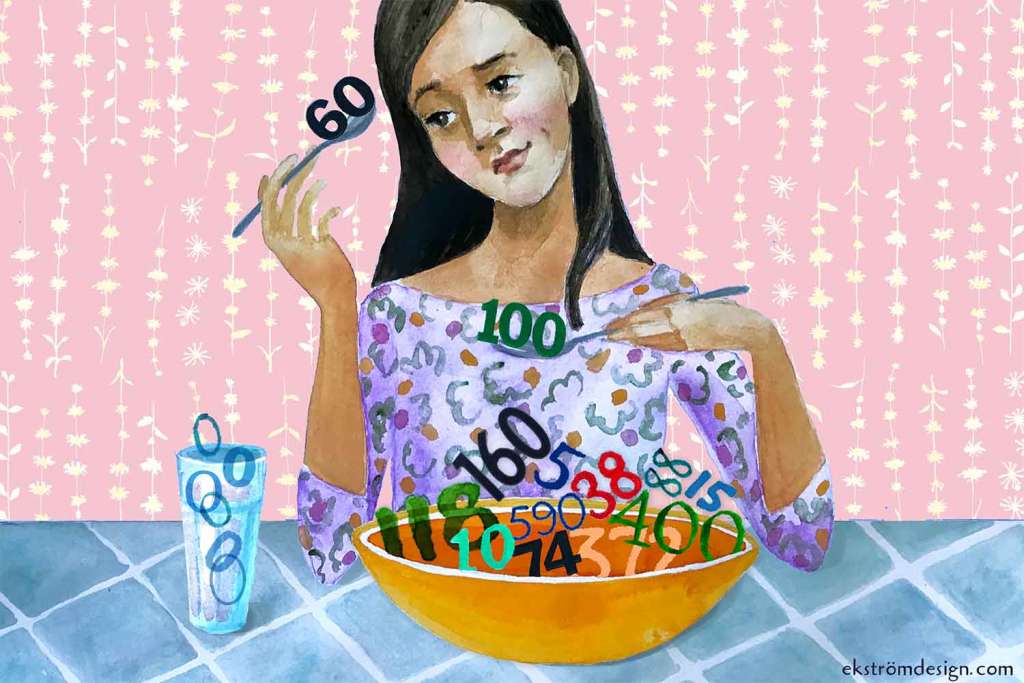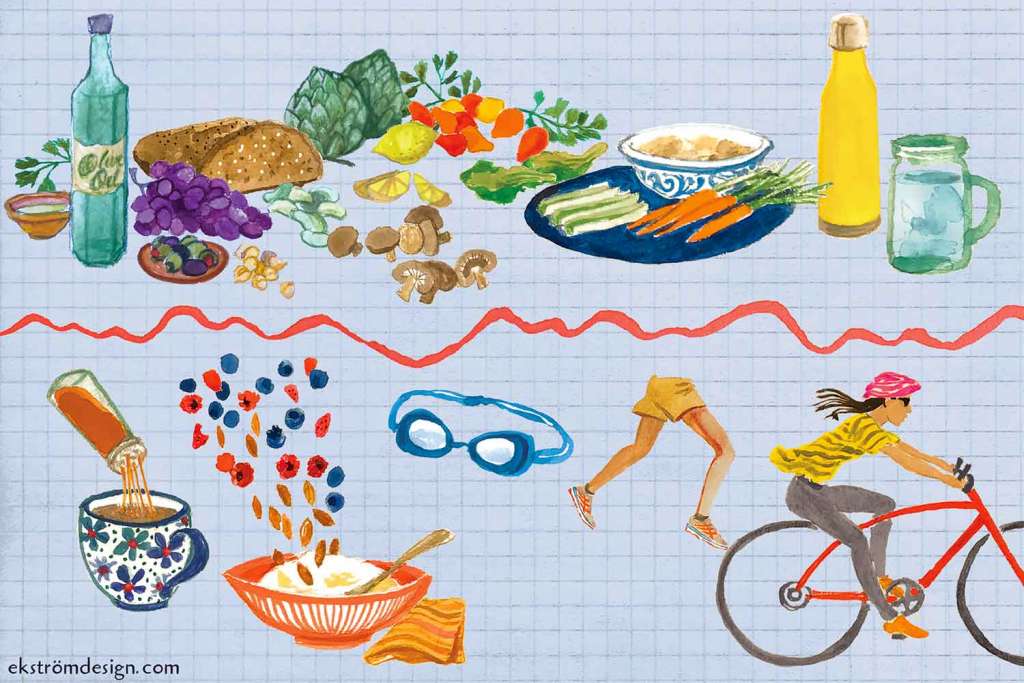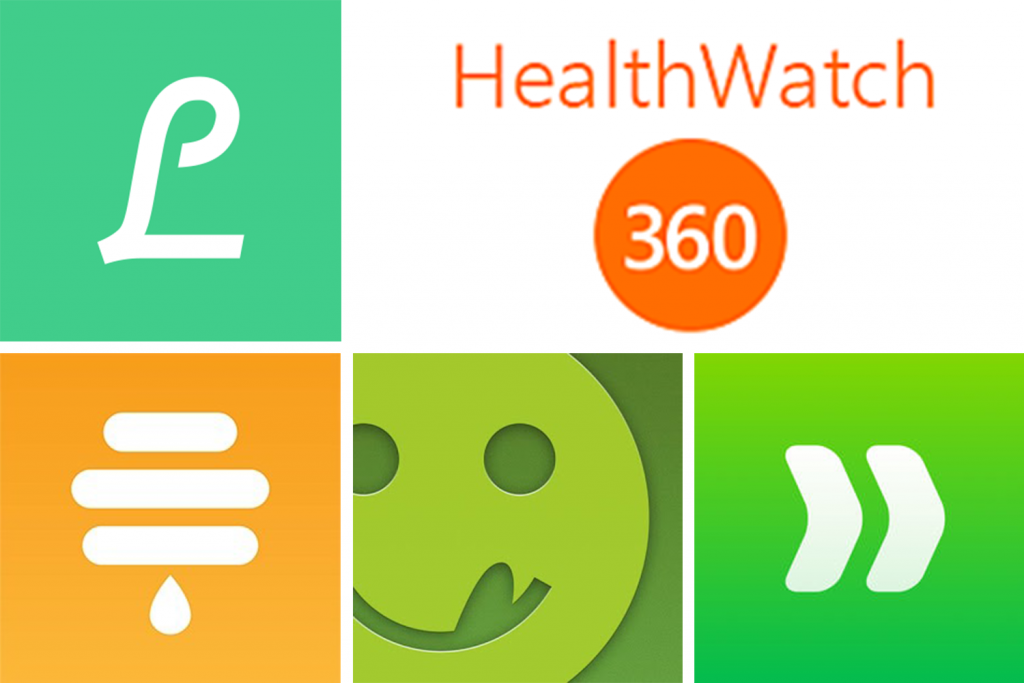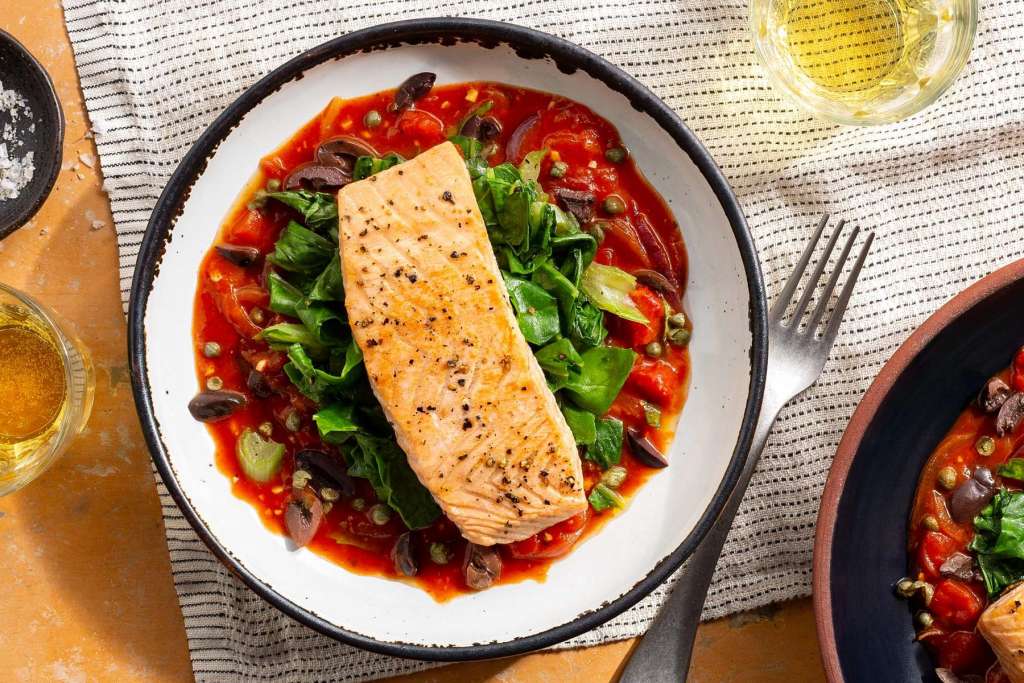Why Counting Calories is a Crock

Do yourself a favor and forfeit the fight against millions of years of human evolution. Sun Basket’s Director of Nutrition, Lindsey Kane explains why it’s nutrients, not calories, that matter most.
The standard advice for losing weight has long been boiled down to “burn more calories than you eat.” While it sounds sensible, researchers are starting to understand that calories don’t work the way we thought they did. The truth is, everything we know about calories—from the way they’re measured to how they’re absorbed by the body to what appears on food labels and nutrition apps—is wrong. Calories, it turns out, are the cracked cornerstone of a flawed structure of understanding food and nutrition, and it’s time we burned that house down.
What’s a calorie anyway?
Originally defined as the amount of heat needed to raise the temperature of one kilogram of water from 0°C to 1°C, a calorie is simply a metric used to quantify energy. It’s measured with something called a bomb calorimeter, a tool developed in the 18th century.
Here’s a very dumbed-down version of how it works:
- Place food in a secure chamber.
- Blow up the food.
- Measure the amount of heat released.
The amount of heat released indicates how much energy, which translates to the number of calories, is in the food. While this makes sense in theory, in practice, there are a few problems. The most obvious of these is that your body is not a bomb calorimeter and digestion is not an explosion.
Humans are living, breathing, digesting beings with genes, hormones, gut bacteria, and environmental conditions that influence energy in ways that can’t be replicated in a lab. In real life, digestion requires a complex orchestration of organ systems, metabolic processes, and biochemistry to convert food into energy and store it for fuel. A meal travels about 30 feet, takes about 12 hours to be digested and converted to energy, and anywhere from 30 to 48 hours for waste elimination. It doesn’t combust in a matter of seconds.
The numbers aren’t real
Even if the science of calorie counting made sense, the math doesn’t add up. Take nutrition labels, which are calculated using approximations derived from 19th-century lab experiments. The FDA allows for a 20 percent variance on all labels, which means that a 100 calorie bag of pretzels could actually be 80 calories or 120 calories. Someone looking to eat 2,000 calories a day could actually be eating anywhere from 1,600 to 2,400 calories without knowing it. Most calorie-counting apps draw from this flawed data. They also require users to estimate portion sizes, and, as you can imagine, humans aren’t the best portion estimators.
But even if the numbers were real, they wouldn’t be helpful because the number of calories in a food and the number of calories derived from food are not the same. We digest foods differently based on the quality and the overall “packaging” of the calorie. Each bite of food interacts with our ever-changing biology and environment. So while 1,000 calories of spinach and 1,000 calories of chips give off the same amount of heat in a bomb calorimeter, spinach and chips have unique biological effects that influence weight management in profoundly different ways.
Digestion requires energy, and the amount of energy used up during digestion depends on what you eat. High-fiber foods like vegetables, beans, and whole grains require a lot of chewing and churning, as well as a surge of energy to propel the food through the GI tract, but calorie counts don’t factor in the energy expended during digestion.
Also, we don’t digest and absorb 100 percent of the energy that a food contains. In general, the more processed a food, the more calories are extracted. To accurately calculate the total calories from a given food requires a dizzying array of factors, including how boiling, baking, microwaving, or sautéing changes its chemistry; how much energy is expended breaking it down; and the extent to which the billions of bacteria in the gut aid human digestion and, conversely, steal some calories for themselves.
Value food for what it is, not for what it lacks
It’s time to let go of the soul-sucking exercise of counting calories once and for all and look instead for foods that are rich in the things you actually need, like protein, fiber, vitamins, and other health-supporting nutrients. Instead of playing the numbers game, follow some commonsense rules and listen to your gut. When you eat intuitively, you’ll end up feeling nourished instead of deprived, and you can focus on cultivating healthy habits that you can maintain for a lifetime.
Artwork by ekströmdesign









